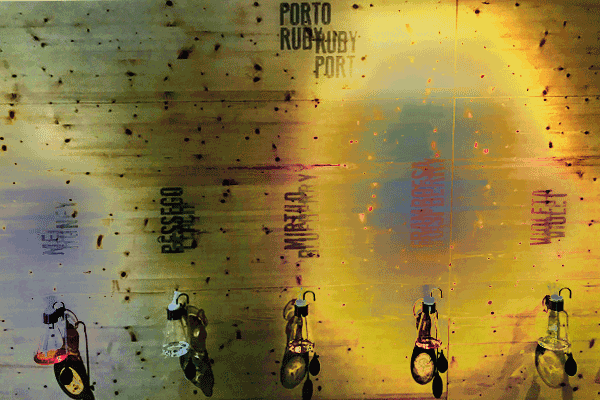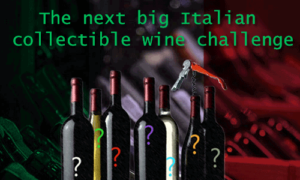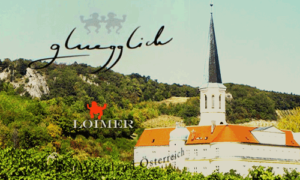Discover the people and history of Port in ‘Museu do Douro’ in Peso Da Régua
Douro Museum
Museu do Douro brings an estimated 2,000 year of wine history vividly to life. It is a lovely little museum and a must for anyone who is interested in port wine and the Douro’s history.

Port is also my story. From my very first Port. From the moment my father opened a Graham Single Harvest Tawny Port 1963. What a surprise. “1963 is one of the most celebrated Port years of the 20th century.” My father tried to explain. “In 1963 Graham produced both an outstanding Tawny Port, aged in oak casks, as a Vintage Port, aged in the bottle.” But what did I know at the time? I was 19 when I sipped Port for the first time and smiled.
Years later, I arrived in Peso da Régua, the Douro’s largest riverside town. I had a bonafide reason to visit the Douro Museum. For the Love of Port. The former wine warehouse dates from the time Peso da Régua grew into a significant Port wine entrepôt around the 18th century. The Douro Museum opened its doors in 1997 and is located in Casa da Companhia Velha, next to the Douro river quays. It made for an engaging visit.

Tracing the history of the region
The Museu do Douro is a cleverly designed museum dedicated to the history of growing vines and the production of (port) wine in the Douro region. The Douro region has been producing wine for almost 2000 years. Port wine, is a fortified wine of defined quality and regulated since 1756.
The Douro would not be the Douro without the activity of winemaking
Douro’s landscape has been sculpted by human activities. By the process involved in producing wines of the highest quality, the local tradition of the grape harvest, including the traditional foot treading in the granite Lagares. The ‘Casais’ or small landholdings, and ‘Quintas’, the large Port wine estates with their century-long history (where all this wine activity takes place), are now considered major regional landmarks.
Through the use of different media the Museum tries to pinpoint the identity of the Douro region
Information about its geography, climate and history are on display along with information about humankind’s unique relationship with the natural environment. A relationship determined by its steep mountainous terrain, composed of schist and granite, the management of limited land and water resources.

The natural, historical story of the World Heritage Douro Valley
The ground floor reveals the typical geological features of the Douro valley. It’s about local flora and fauna, the very steep slopes, the river and the soil, and the people who shaped the valley’s landscape.
The upper floor concentrates on viticulture
The (old) photographs and videos depict grape growing, winemaking, as well as the transportation of Port wine. The growing of grapes is done via terraces, the Patamares and the dry-stone walled terraces called Socalcos. They make it possible to cultivate grapes on the steep hillsides with an incline of more than 30%. It also shows videos of the voyages made with the Rabelos. The boats used for the transport of Port wine to the port houses in Vila Nova de Gaia. Moreover, it is about the changes caused by the opening round 1875 of the ‘Linha do Douro”, the mostly single-track, very scenic, railway from the São Bento station in Porto to Pocinho.

The descriptions and the displays are clear, informative, and quite fascinating if you want to know more about Port making in the Douro valley and the people who lived there. There are (Port) aroma displays too. The descriptions and the displays are clear, informative, multi-lingual and quite fascinating. A fine glass of port is included in the entrance price.
Douro Museum
R. do Marquês de Pombal, 5050-282 Peso da Régua, Portugal
Opening hours: 10 AM – 6 PM
Email: geral@museudodouro.pt
Website: Museu Do Douro


